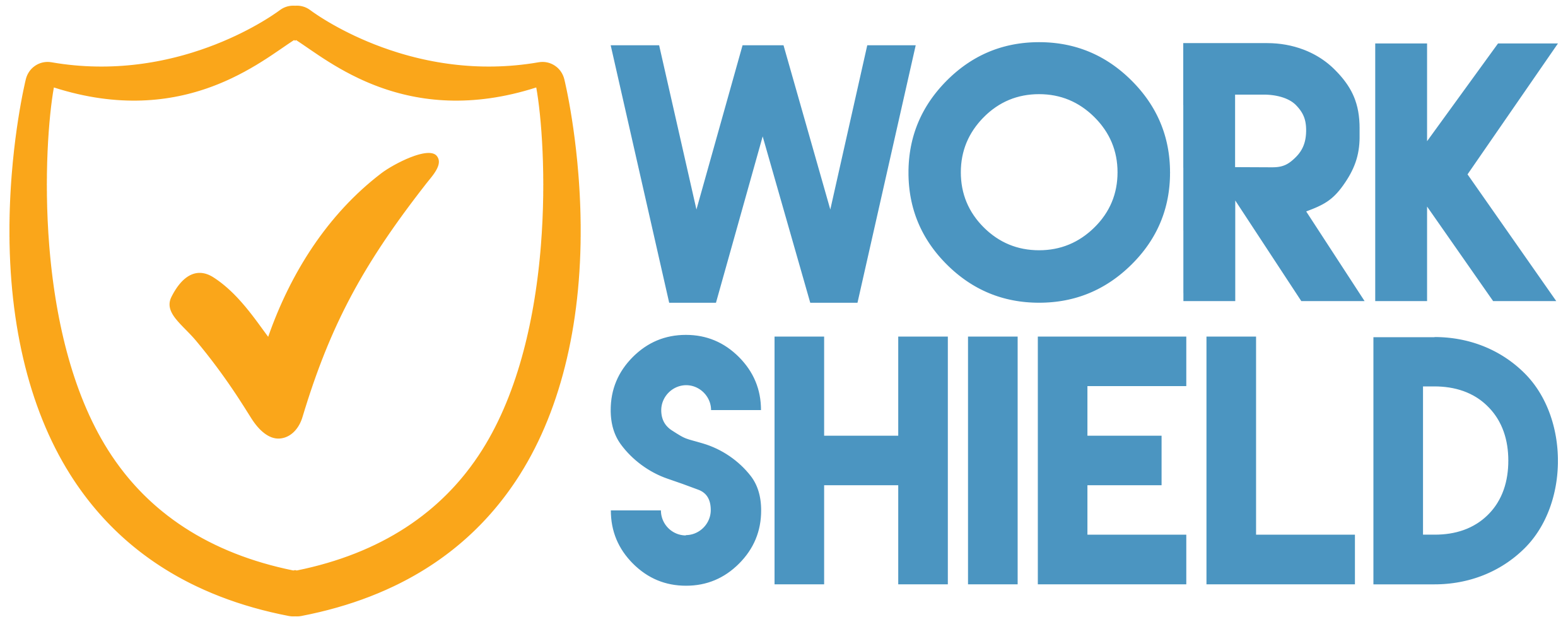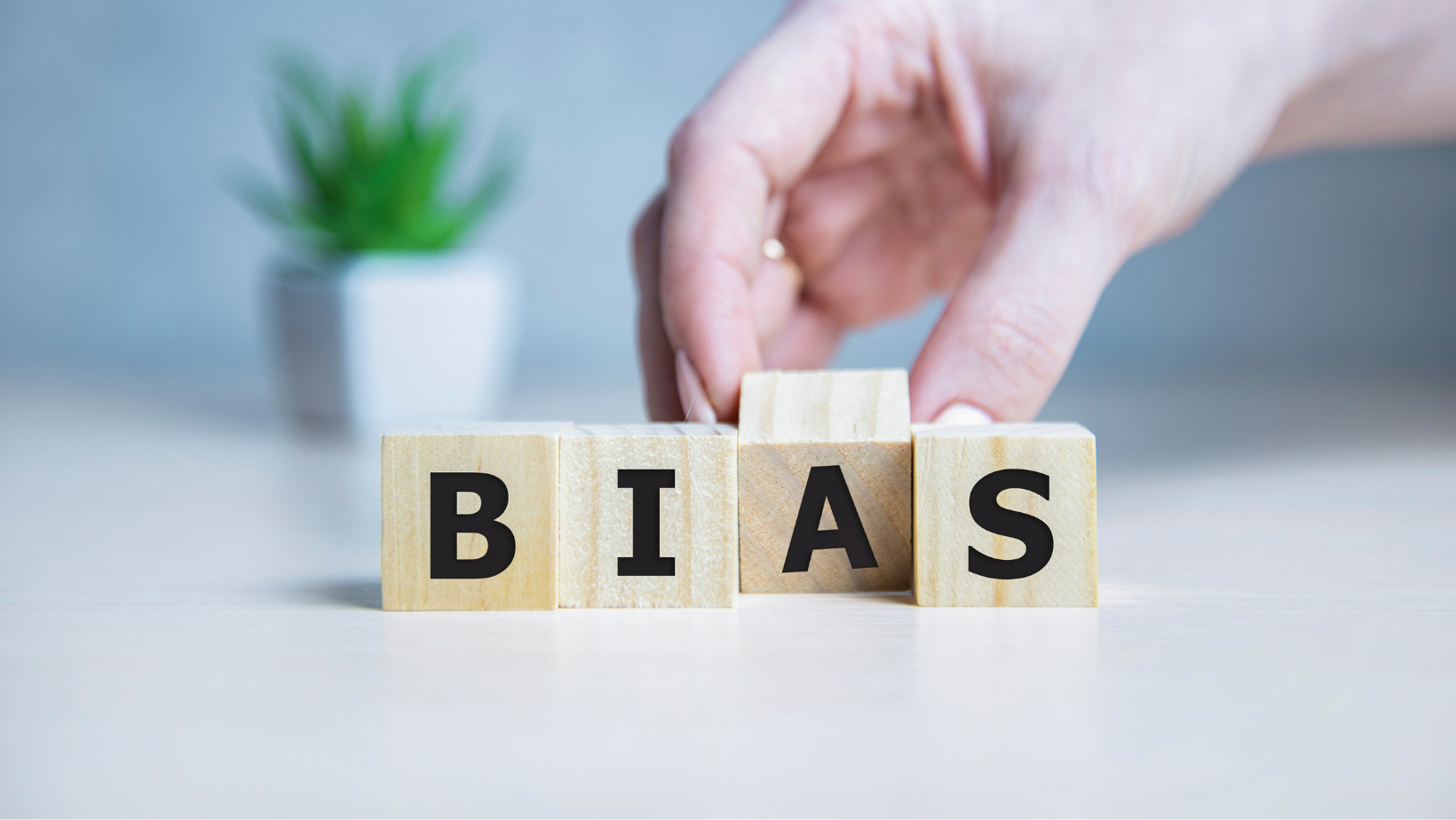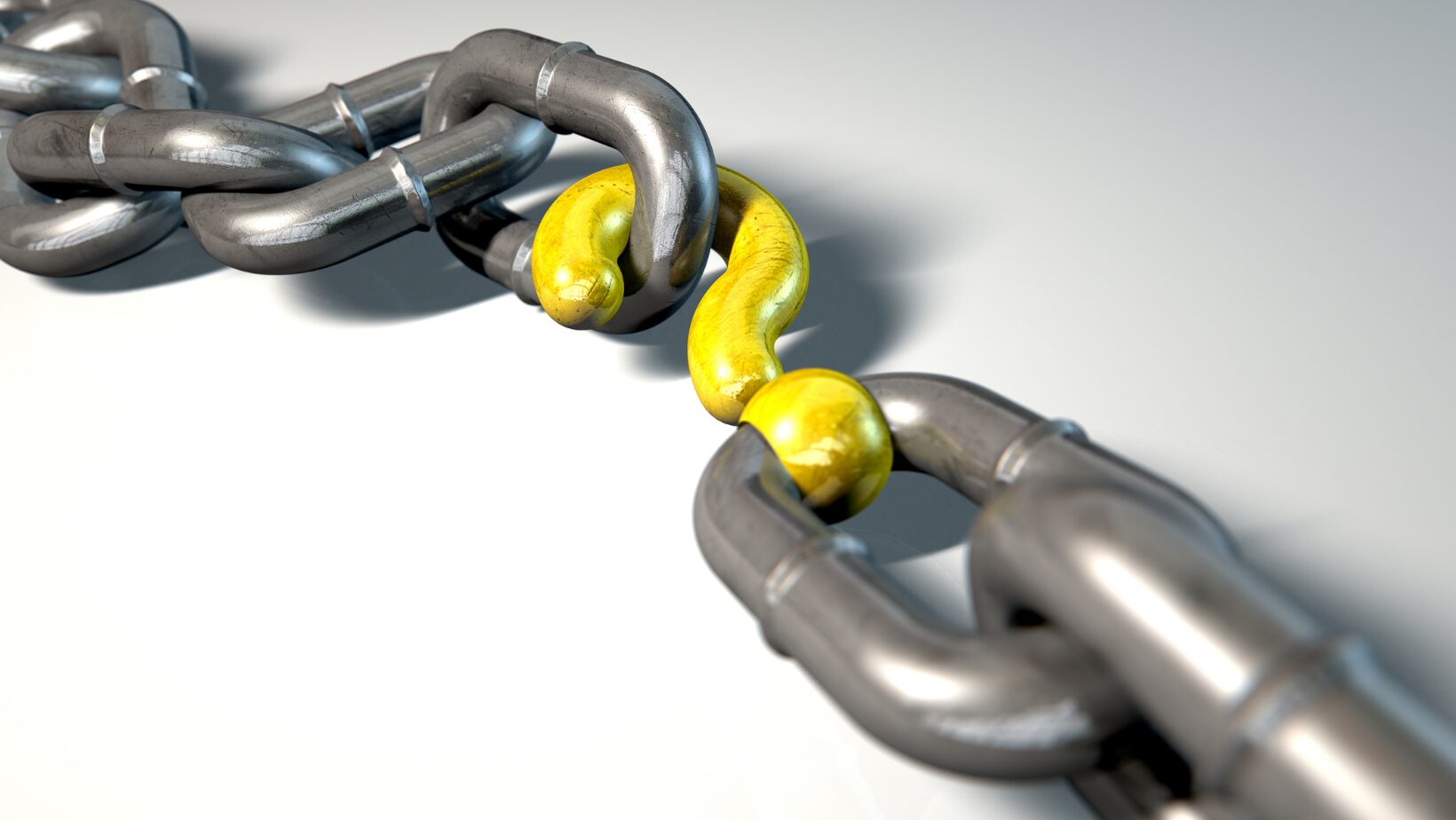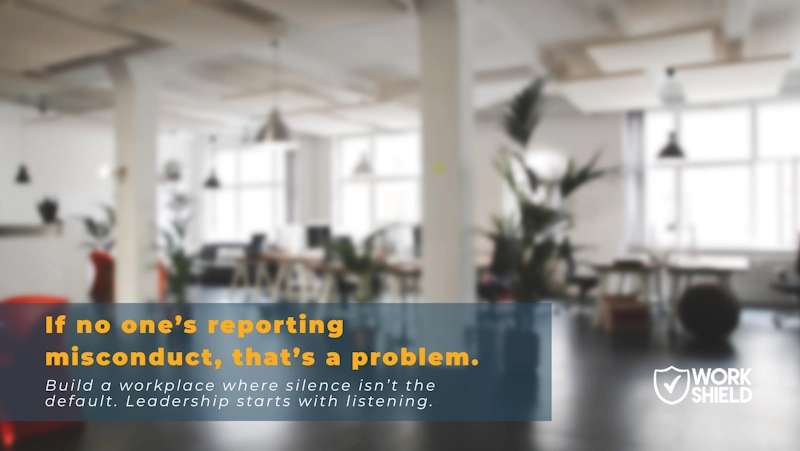In today’s diverse and interconnected workplace, recognizing and addressing unconscious bias has taken center stage as a pivotal endeavor for employers, driving not only fairness and inclusion but also unleashing the full potential of their teams and fostering innovation. In this blog, we’ll uncover what unconscious bias is, its uses, and how both employers and employees can mitigate unconscious bias in the workplace.
What Unconscious Bias Is
Our brains have evolved over millennia – but some psychological processes remain unchanged. One such process is unconscious bias: the way our brains group and assess the world for maximum efficiency. The amygdala, the part of the brain responsible for making involuntary decisions, receives and organizes information, what we observe from our environments, to create a bank of assumptions that promotes faster decision-making. Because the amygdala operates autonomously, the snap reactions it forms based on preexisting knowledge are called unconscious biases.
Uses of Unconscious Bias
Because our brains opt for speed over accuracy, an employee could utilize unconscious bias to deduce the most efficient way to resolve a problem based on those the employee previously encountered. An employee could also use unconscious bias to react to the identities or ideas they encounter. These identity-based biases often present issues: formation of stereotypes, exclusion from groups, aversion to cooperation, and even a loss of trust and a healthy workplace.
How to Mitigate Your Biases Within the Workplace
To uncover and address their own unconscious bias, both employees and employers can:
Seek out diverse perspectives.
- To start eliminating unconscious bias, entertain another coworker’s perspective. Organization leaders and employees should search for perspectives not only from social media but from published texts as well. Analyze perspectives of an issue equally, step out of the comfort of an echo chamber, and a bias will lose its validity. Imagine: If all this group does this, then why would some of this group do that? The claim “all this group does this” must not be true.
Assess if a bias is truthful or a shortcut.
- If a claim from a quick observation includes generalizations, i.e., words like “all” and “always,” the claim takes shortcuts; it ignores the distinctiveness of the person or problem. Several specific identifications of the same issue confirm its recurrence or lack thereof, whereas generalizations do not.
Change the language.
- If the claim originates from a coworker’s behavior, avoid applying the same claim to whatever group they belong to. These applications are stereotypical and can harm trust with people with whom the coworker shares an identifier, unity in the workplace, and future collaboration.
How to Mitigate Other’s Biases Within the Workplace
If an employee or employer observes unconscious bias, neither should hesitate to speak up: constructive criticism helps everyone in that the issues are addressed, and when managed correctly, will not reoccur. When assisting a coworker on their path to undoing their own unconscious bias, state the problem clearly, and highlight how the language used can change for the better.
Although employers and employees should practice healthy conflict resolution, some issues may be too personal or significant for the two parties involved to solve between themselves. Work Shield’s full-service misconduct solution provides a secure and anonymous (if preferred) reporting platform for employees to report incidents safely and quickly. By providing employees with a platform that allows their voices to be heard, organizations can mitigate the effect of unconscious bias within their workplaces and encourage a culture of diversity and forward thinking.
By: Logan Foster





